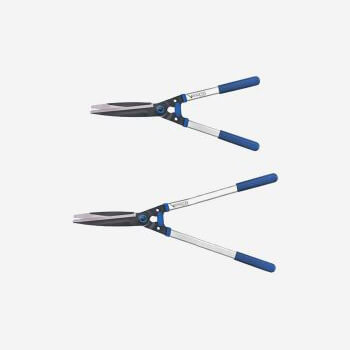ታኅሣ . 04, 2024 09:32 Back to list
water main air release valve
Understanding Water Main Air Release Valves An Essential Component of Water Distribution Systems
Water main air release valves are crucial components in municipal water distribution systems. They play a vital role in maintaining the integrity and efficiency of water pipelines. Understanding their function and significance is important for professionals in the field of water management, as well as for the general public who may be interested in how water infrastructure operates.
The Role of Air Release Valves
Air release valves are designed to release trapped air from water pipelines. Trapped air can accumulate at high points in a water main, leading to various operational issues. When air pockets form, they can disrupt water flow, reduce system pressure, and potentially cause pipe deformation. This is especially prevalent in long stretches of pipeline where air can easily become entrapped. By allowing air to escape, air release valves help maintain a full and efficient water flow, thereby preventing operational inefficiencies and potential system failures.
Why Air Release is Necessary
Air buildup in a water main can lead to several problems
1. Reduced System Efficiency Air in the water line can lead to reduced flow rates, which can decrease the overall efficiency of the water distribution system. When air pockets form, less water is transported through the system, leading to delays and inefficiencies.
2. Pressure Fluctuations The presence of air can cause pressure fluctuations that might be harmful to the system. These pressure changes can result in water hammer effects, where sudden changes in water flow lead to shocks that can damage pipes and fittings.
3. Corrosion and Damage Trapped air can lead to corrosion within the water mains over time, as oxygen can react with the pipe materials. This corrosion can weaken the pipes and lead to costly repairs or replacements.
4. Water Quality Issues In some cases, trapped air can cause problems related to water quality. For instance, air can carry contaminants or promote the growth of bacteria in stagnant areas of the pipeline.
water main air release valve

Types of Air Release Valves
There are various types of air release valves, each designed for specific applications. The most common types include
1. Single Orifice Air Release Valves These valves are used for general applications and are effective in removing small amounts of air from the pipeline.
2. Multiple Orifice Air Release Valves These valves can release larger volumes of air and are suitable for use in larger water distribution systems where significant air accumulation may occur.
3. Combination Air Valves These valves combine the functions of air release and air/vacuum relief, making them versatile for systems that may experience both air accumulation and the need for vacuum control.
Installation and Maintenance
Proper installation and maintenance of air release valves are essential for their effective operation. Air valves should be placed at high points along the pipeline to effectively capture and release trapped air. Regular inspection and maintenance are also necessary to ensure that the valves are functioning correctly and that there are no blockages or malfunctions.
Maintenance tasks may include cleaning the valve openings, checking the seals and float mechanisms, and ensuring that the valve is correctly positioned within the system. Timely maintenance can prevent unexpected failures and prolong the lifespan of the valves.
Conclusion
Water main air release valves are a small but vital part of our water infrastructure. They help ensure the smooth operation of water distribution systems by preventing air accumulation, which can lead to inefficiencies and damage. Understanding their function and importance is key for anyone involved in water management, maintenance, or supply. As urban populations grow and infrastructure ages, the role of these valves will become even more critical in maintaining efficient and reliable water service. Investing in the proper design, installation, and maintenance of air release valves will ultimately enhance the resilience and performance of our water systems, ensuring that clean water is delivered efficiently to communities.
Share
-
Reliable Wafer Type Butterfly Valves for Every IndustryNewsJul.25,2025
-
Reliable Flow Control Begins with the Right Ball Check ValveNewsJul.25,2025
-
Precision Flow Control Starts with Quality ValvesNewsJul.25,2025
-
Industrial Flow Control ReliabilityNewsJul.25,2025
-
Engineered for Efficiency Gate Valves That Power Industrial PerformanceNewsJul.25,2025
-
Empowering Infrastructure Through Quality ManufacturingNewsJul.25,2025